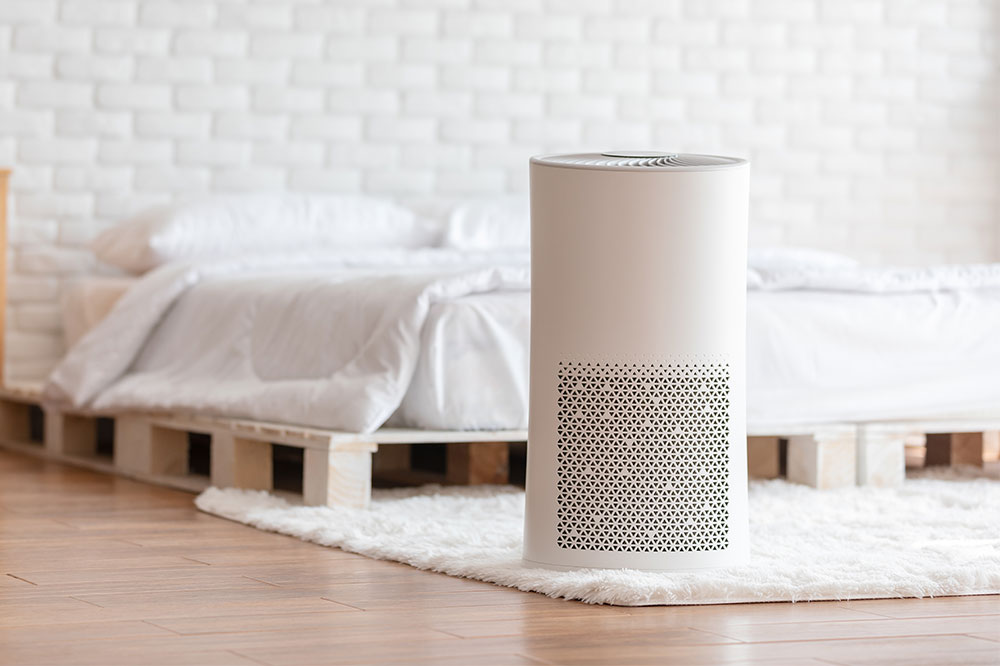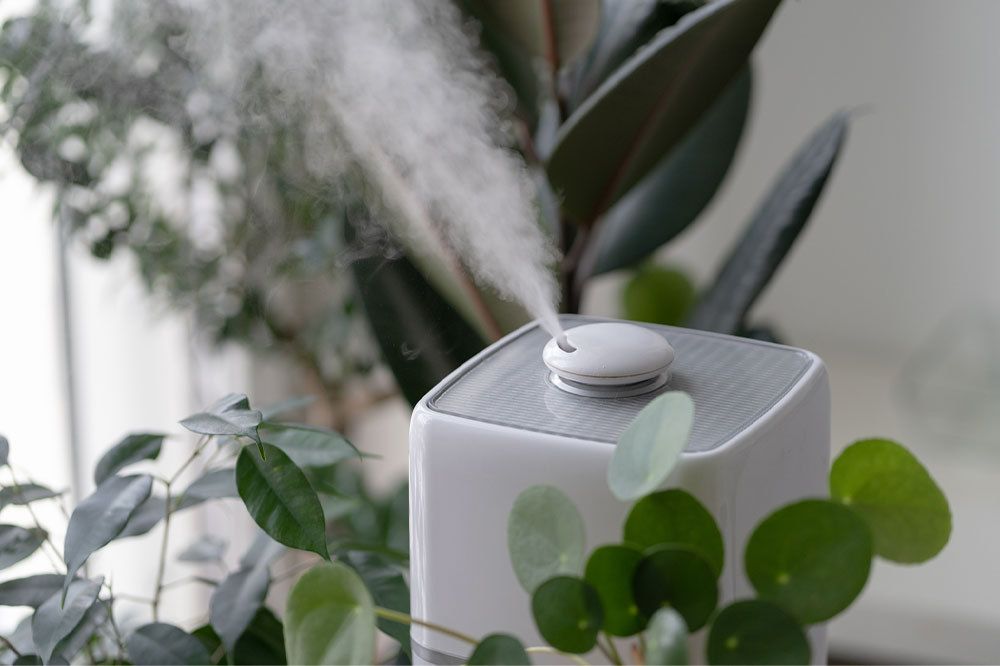Essential Home Mold Detection Methods for a Healthy Living Space
Learn how home mold detection methods like air, surface, and bulk testing can help maintain a healthy environment. Early detection prevents health issues and property damage through effective moisture and mold management, ensuring safe living spaces.

Essential Home Mold Detection Methods for a Healthy Living Space
Mold infestations are a frequent household concern that can negatively impact health if unnoticed. They thrive in moist, humid areas and often remain hidden until causing substantial issues. Early detection through home mold testing is vital for a safe environment. This article explains why testing matters, reviews available home testing options, and guides you on how to understand the results to maintain a healthy home.
Mold, a type of fungus, grows through hyphal filaments and releases spores into the air, potentially triggering allergies and respiratory problems.
Signs of mold exposure include coughing, sneezing, skin irritation, and severe cases of asthma. Detecting and removing mold promptly is crucial for health and property.
Why Conduct Mold Tests at Home?
Indoor air quality can be compromised by hidden mold lurking behind walls, under floors, or within HVAC units. Home testing offers an easy, affordable way to trace mold presence and severity. Early detection enables timely action to prevent widespread damage and health issues.
Types of Home Mold Testing Methods
There are various testing methods, each suited for different needs. Understanding these options helps homeowners choose the most effective approach.
1. Air Testing
This common technique measures mold spores in the air using specialized pumps and spore traps, then sends samples to labs for analysis. Air testing effectively detects airborne mold but doesn’t identify surface growth.
2. Surface Sampling
Surface tests involve swabbing or taping suspected areas. Laboratory analysis reveals the specific mold types present. Perfect for confirming surface contamination but doesn’t assess airborne spores.
3. Material Sampling
Bulk sampling collects pieces of potentially contaminated materials like drywall or carpet. It provides detailed analysis of mold within materials but can be invasive and may require professionals.
4. DIY Testing Kits
Available in stores or online, these kits include swabs or petri dishes to collect samples at home. While cost-effective and convenient, they might not be as accurate as professional tests.
Understanding Mold Test Results
Lab reports detail mold types and concentrations. Common indoor molds include Aspergillus and Penicillium, which can affect health differently. If levels are high, addressing moisture sources—like leaks or ventilation issues—and possibly seeking professional remediation is essential for thorough cleanup and prevention.
Home mold testing is a key step in ensuring a safe living space. Early detection helps minimize health risks and structural damage, empowering homeowners to maintain a healthy environment through informed decisions and moisture control.










